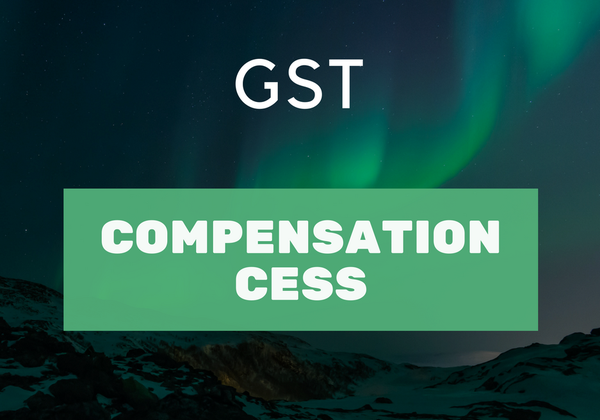GST COMPENSATION

Disclaimer: Copyright infringement not intended.
Context
- The government has released the entire amount of GST compensation payable to States due to date by releasing an amount of 86 thousand 912 crores rupees.
What is GST Compensation?
- The introduction of the Goods & Services Tax (GST) required States and Union Territories (with Legislature) to subsume their sovereignty in a GST Council.
- States had to cede almost all their powers to impose local-level indirect taxes and agreeing to let the prevailing multiplicity of imposts be subsumed under the GST.
- While the States would receive the SGST (State GST) component of the GST, and a share of the IGST (Integrated GST),
- there will be loss in total revenue of a state on account of migration from Value Added Tax/Sales Tax to GST.
- Thus, it was agreed that revenue shortfalls arising from the transition to the new indirect taxes regime would be made good from a pooled GST Compensation Fund for a period of five years.
- GST law prescribes that the financial year 2015-16 shall be taken as the base year for the purpose of calculating compensation and States were assured of a 14 per cent growth in revenues every year.
How is it funded?
- In order to mobilise resources for compensation, a cess is being levied on such goods, as recommended by the Goods and Services Tax Council, over and above the GST on that item.It is levied on so-called ‘demerit’ goods.
- And it is called compensation cess.
- As on date, compensation cess is levied on products such as pan masala, tobacco, aerated waters and motor cars apart from coal.
Who pays compensation to whom? When?
- The consumer is required to pay for compensation. It is collected by the Centre which releases it to States.
- The proceeds of the compensation cess is credited to a non-lapsable fund known as the Goods and Services Tax Compensation Fund in the public account.
- All amounts payable to the States as compensation are released bi-monthly, provisionally, from said fund against figures given by the Central accounting authorities.
- Final adjustments are done after receiving audited accounts of the year from the Comptroller and Auditor General of India.
For how long will it be paid?
- According to the law, it will be paid for five years from the date GST came into effect; i.e. till June, 2022.
Why are States demanding an extension of the compensation?
- States say that pandemic has affected revenue collection.
- At the same time, their expenses have gone up and they expect higher deficit as revenue growth is low.
- Considering all these, States are seeking an extension of compensation for five more years. Any decision, in this regard, has to be taken by GST Council.
Back-to-back loan arrangement for Compensation
- The economic impact of the pandemic led to higher compensation requirement due to lower GST collection and, at the same time, lower collection of GST compensation cess.
- Accordingly, in FY21, the Centre had borrowed Rs 1.1-lakh crore under a special window and passed it on to the States as back-to-back loan.
- This was meant to help States meet the resource gap due to short-release of compensation on account of inadequate balance in the compensation fund.
- The Centre says it is committed to releasing full GST Compensation to the States/UTs as per law for the transition period by extending the levy of compensation cess beyond 5 years to meet the GST revenue shortfall as well as servicing the loan borrowed through a special window scheme.
Read: https://www.iasgyan.in/daily-current-affairs/goods-and-services-tax-gst
https://newsonair.gov.in/News?title=Centre-says-cleared-entire-GST-compensation-to-states-due-till-today&id=441909



1.png)
